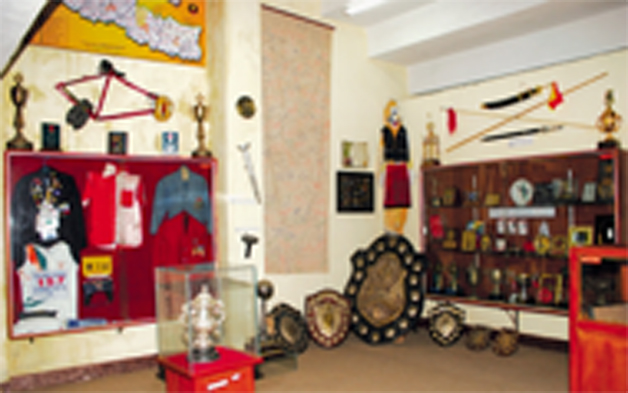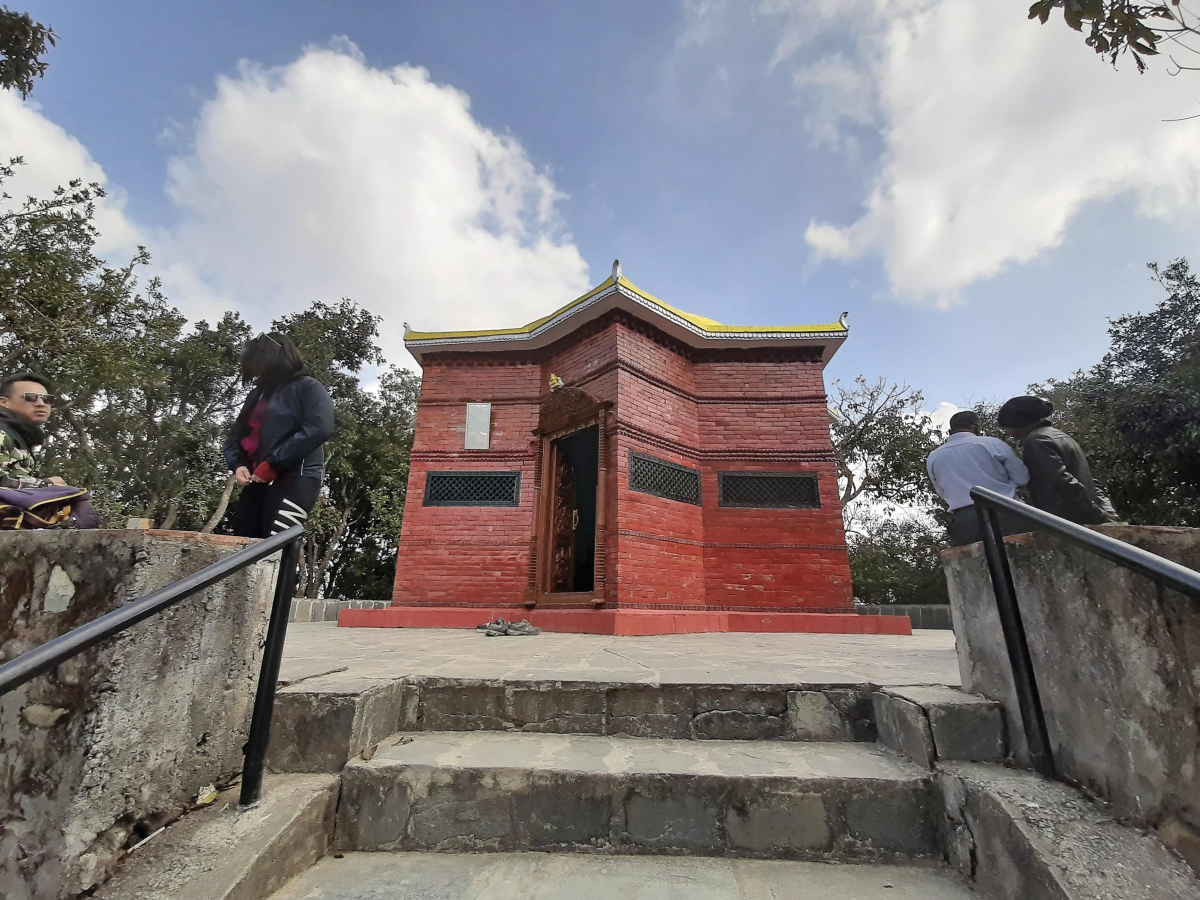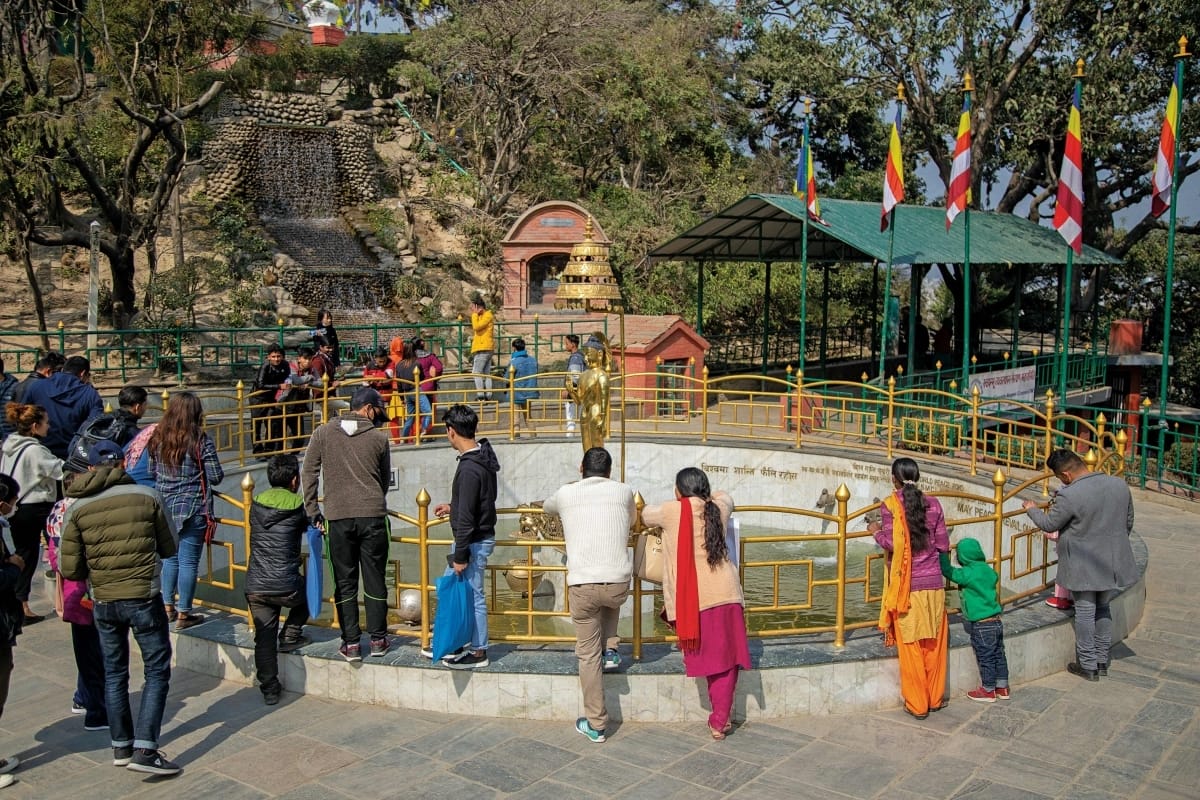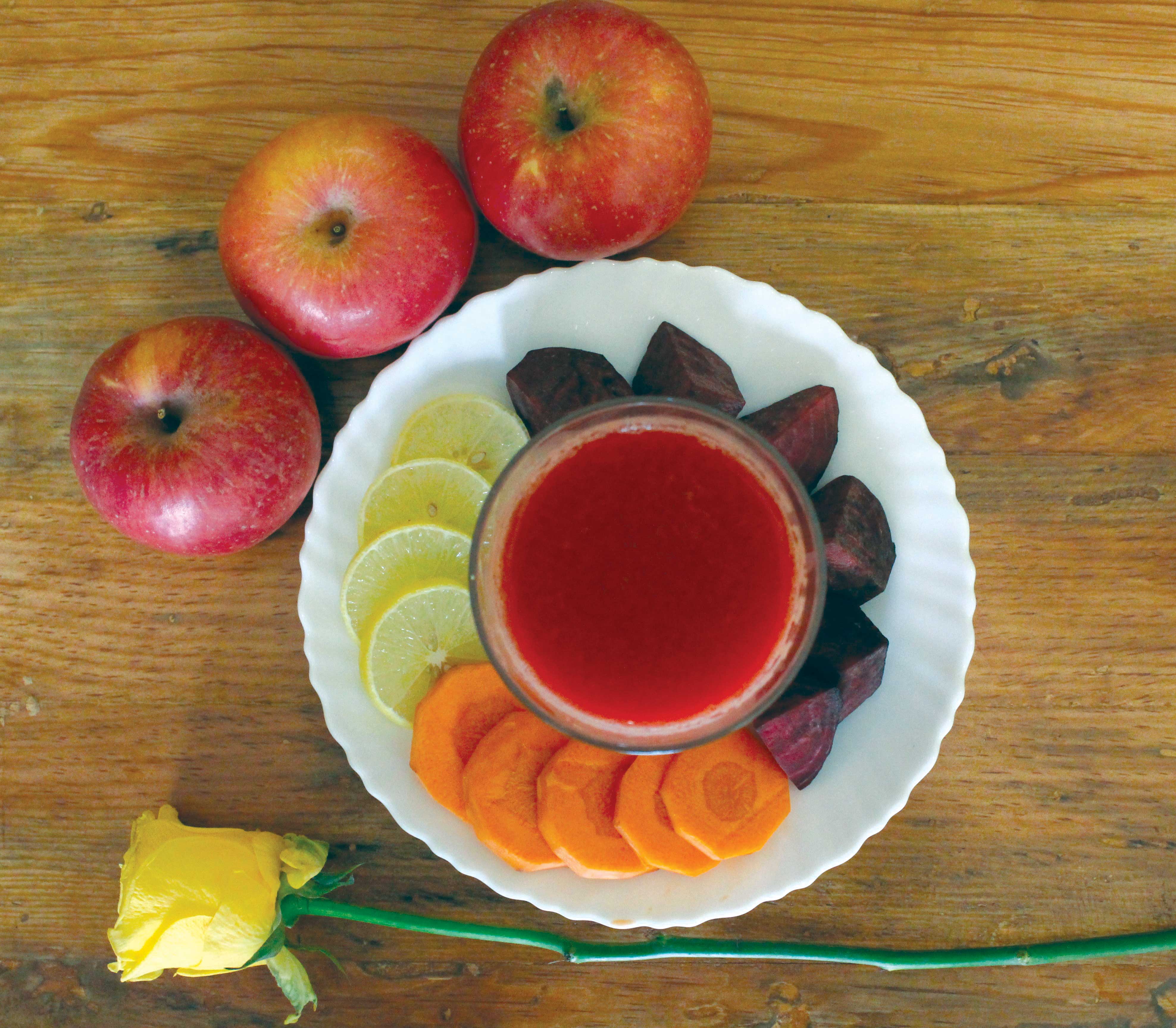
Aristotle said, “If you would under stand anything, observe its beginning and its development.” Likewise, if passion in anything arises within oneself, an effort should be made to understand its origin. To understand the origin of sports in Nepal, a small room at the city center is where you need to be.
The B-5 shutter at the Dashrath Rangashala gates unveils a doorway to our national sports archives and everything related to sports in Nepal. The “Nepal Olympic Museum” is located here and keeps alive the victories, losses and all the events that comprise the sporting history of Nepal. Walking across the room, one can almost hear the roar of the cheering spectators, and feel the energy and enthusiasm that surrounded the sportsmen.
HISTORY
After the publication of the sports journal ‘Sports Nepal’ in 1989, a need for compiling all the sports artifacts arose. Finally in 1995, when all sport sources closed doors,
Baikuntha Manandhar, Sangita Lama, Yogesh Ranjit, Prabin Tuladhar and Narayan
Gurung established the first ever sports museum named, ‘Sport Nepal Olympic Museum’ on 23 June, the International Olympic Day. The museum was finally opened to the public on the occasion of the 8th SAF Games in 1999, with special assistance from Binod Shankhar Palikhe and Rukkam Shamsher Rana, who made the rooms available for opening the museum.
Although the space devoted to this museum is far from adequate, the collection of memorabilia is commendable. Chhitij Arun Shrestha, Founder/President of the Museum says, “We have a collection of 1,96,000 photos, 76 videos and 23 audio tapes that capture the sporting history of Nepal and inside protective glass cases and frames, we have trophies, insignias, mementos, sports gear and other memorabilia. We have also digitally recorded the entire collection, so this museum also serves as a sports information center for old and current news and events.”
Research is also one of the activities of the museum to preserve facts and figures for future reference. A website has been designed containing all the information and will soon be accessible. The museum also aims to make a ‘Sports Telephone Directory’ within a year. It has arranged tours for school and college students who pay only a minimal fee. The tour includes conversation with sport personalities, educating students on sports and a tour of the Stadium, gyms and covered halls. A souvenir shop selling sports badges, stickers, posters, books, magazines and gifts is also in their future plan.
Chhitij Arun explains, “Our main vision for the museum is the documentation of regional, national and international sport materials and events. The Nepal Olympic committee has decided to construct their own building at Saatdobato alongside the Tennis Complex spread over 15,000sq.ft. They aim to build the complex within a year’s time. The museum will be given space within this new building where we will shift soon after construction is over.”
The museum takes us back to the time when the stadium was under construction; bricks being added one on top of another. It takes us to the Tokyo Asian Games, 1958 where a Nepali marathon runner, Bhupendra Silwal ran barefooted and a Japanese lady splashed water on his feet so that they might not burn. To anyone whom sports means anything, the museum is worth a visit, for the old photos of Nepali sportsmen clad in daura- suruwal serving during a game of tennis. Such photographs can only inspire the modern day sportspersons.
The old and rusty equipment, photographs stretching across the walls, a huge banner overcrowded with signatures of sportspersons, the blemished trophies and tattered sporting gear inspired even a non-athletic soul like me. I couldn’t help but wonder what it will do to a fanatic. The little known Nepal Olympic Museum is still in its infancy, and with a little help from the right people, it will definitely grow into an institution in the near future.










